
Ingredient
Tea black flavour
The Dark Elixir: Unveiling the Richness of Black Tea
Black tea is a type of tea that is more oxidized than green, white, and oolong teas. It boasts a deep, dark color and a strong, full-bodied flavor. With a slightly bitter and earthy taste, black tea often exhibits notes of malt, caramel, and even fruitiness. Its texture is smooth and velvety, while its appearance ranges from reddish-brown to black when brewed.
Origins and history
Black tea originated in China around 4,000 years ago and has since spread to become a staple in many cultures. It has played a significant role in various historical events, such as the Boston Tea Party during the American Revolution. Black tea is deeply rooted in Chinese, Indian, and British traditions, where it is often associated with social gatherings and afternoon tea rituals.
Nutritional information
Black tea is a calorie-free beverage that contains antioxidants, such as polyphenols, which may have potential health benefits. It also provides a modest amount of caffeine, offering a gentle energy boost.
Allergens
Black tea may contain allergens such as tannins, which can cause digestive discomfort in some individuals. Additionally, certain flavored black teas may contain allergens like nuts or dairy if they have been processed in facilities that handle these ingredients.
How to select
When selecting black tea, opt for loose-leaf varieties for the best quality and flavor. Look for leaves that are whole, intact, and have a rich color. Avoid tea bags that contain broken or crushed leaves, as they may result in a weaker brew.
Storage recommendations
To maintain the freshness and quality of black tea, store it in an airtight container away from light, heat, and moisture. Avoid storing it near strong-smelling substances, as black tea can easily absorb odors. Properly stored, black tea can retain its flavor for up to two years.
How to produce
Black tea can be produced by growing Camellia sinensis plants in suitable climates and processing the leaves through withering, rolling, oxidation, and drying. However, it requires expertise and specific conditions to achieve optimal results.
Preparation tips
Black tea can be prepared by steeping the leaves in hot water for 3-5 minutes, depending on desired strength. It can be enjoyed plain or with the addition of milk, sugar, lemon, or spices like cinnamon or cardamom. Black tea is versatile and can be used in various recipes, such as marinades, desserts, and even cocktails.
Substitutions
Green tea can be used as a substitute for black tea, although it will result in a milder flavor. Rooibos tea, with its earthy and slightly sweet taste, can also be a suitable alternative for those looking for a caffeine-free option.
Culinary uses
Black tea is commonly used in beverages like iced tea, milk tea, and chai. It is also used in cooking to infuse flavor into dishes such as braised meats, stews, and baked goods.
Availability
Black tea is widely available in countries such as China, India, Sri Lanka, Kenya, and Turkey. It is also cultivated in various regions around the world, including parts of Africa, South America, and Southeast Asia.
More ingredients from this category » Browse all

Currant flavour
The Essence of Currant: Unveiling the Flavorful Delight

Fruits of the forest flavour
Enchanting Blend: Unveiling the Fruits of the Forest

Mixed berry flavour
The Burst of Berry Bliss: Exploring Mixed Berry Flavor
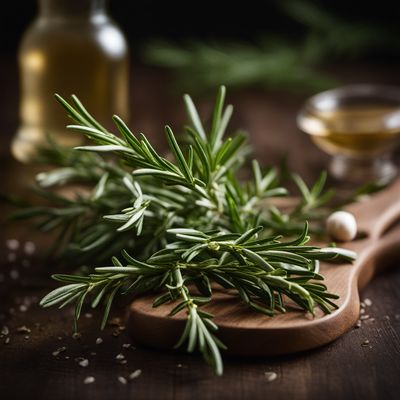
Rosemary flavour
The Aromatic Herb

Watermelon flavour
The Refreshing Essence: Unlocking the Delightful Watermelon Flavor
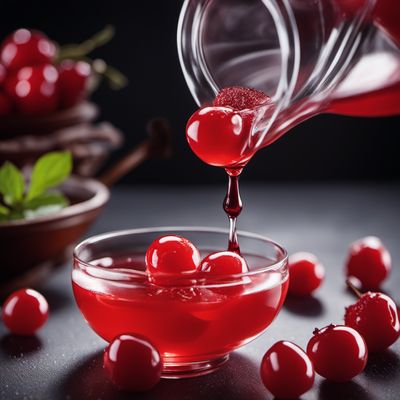
Maraschino flavour
Maraschino: The Sweet Elixir of Cherries
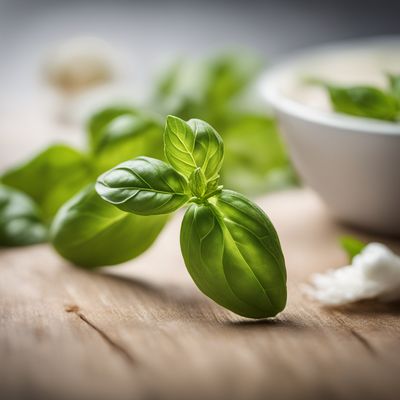
Basil flavour
The Fragrant Herb: Unveiling the Delightful Essence of Basil Flavor
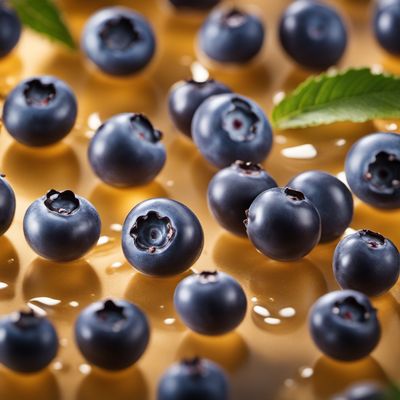
Blueberry flavour
The Essence of Sweetness
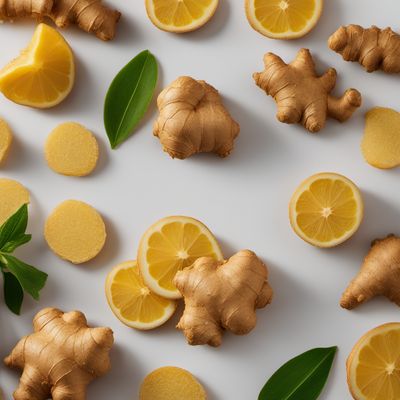
Ginger flavour
The Zing of Ginger
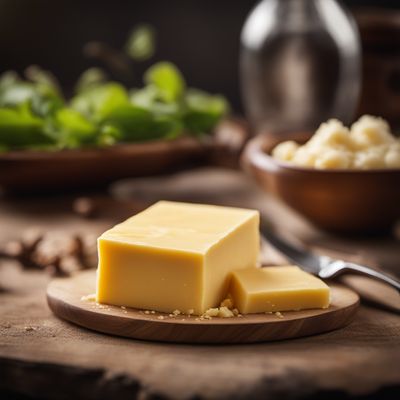
Butter flavour
"The Essence of Creamy Indulgence: Unveiling the Magic of Butter Flavour"
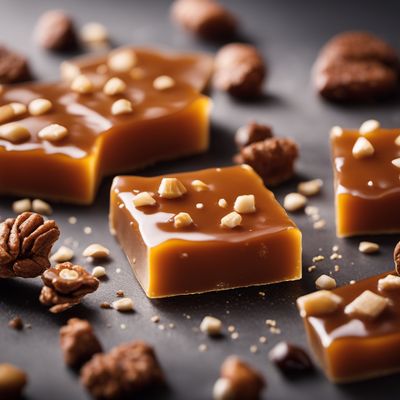
Toffee flavour
"Decadent Delight: Exploring the Richness of Toffee Flavour"

Cookies and cream flavour
Decadent Delight: Unveiling the Magic of Cookies and Cream